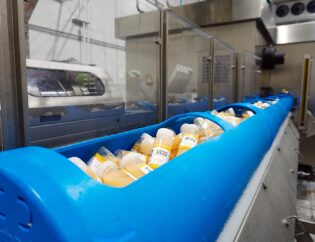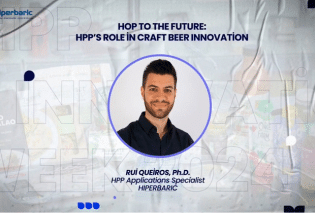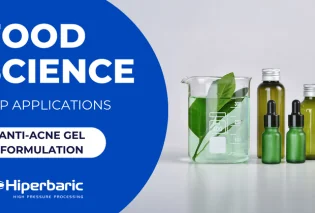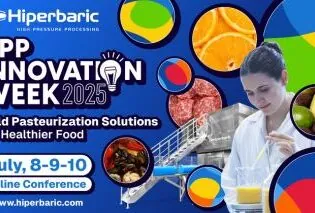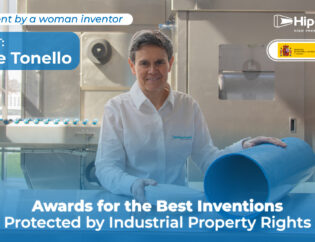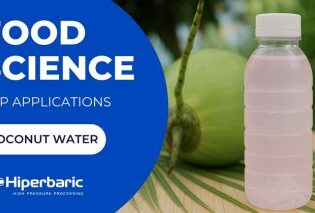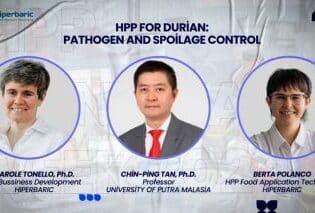

The food industry is continuously innovating to meet consumers’ demands. Today, consumers seek minimally processed foods with fewer preservatives and fresher attributes. These demands are pushing food business operators to adopt new processing methods to ensure safety and to extend the shelf life of their products. High Pressure Processing, also known as HPP, has emerged as one of the most promising technologies that help food companies to meet consumer demands. However, previous research is often needed to ensure that products can benefit from HPP, or to adapt the formulation to the process. Did you know that the Hiperbaric HPP Food Applications team could help with that?
Increasing awareness regarding what consumers eat is pushing the sales of fresh and refrigerated products with more natural attributes. Hence, it is important to ensure food safety and extend shelf life to enable large-scale distribution. Technologies such as High Pressure Processing (HPP) are helping food business operators to achieve these goals. Despite being fully implemented at the industrial level, it is sometimes still required to assess the applicability of the process, or to adapt the formula of the product to make the application successful.
Discover how the HPP Food Applications team at Hiperbaric can help build the bridge from product conceptualization to product launch.
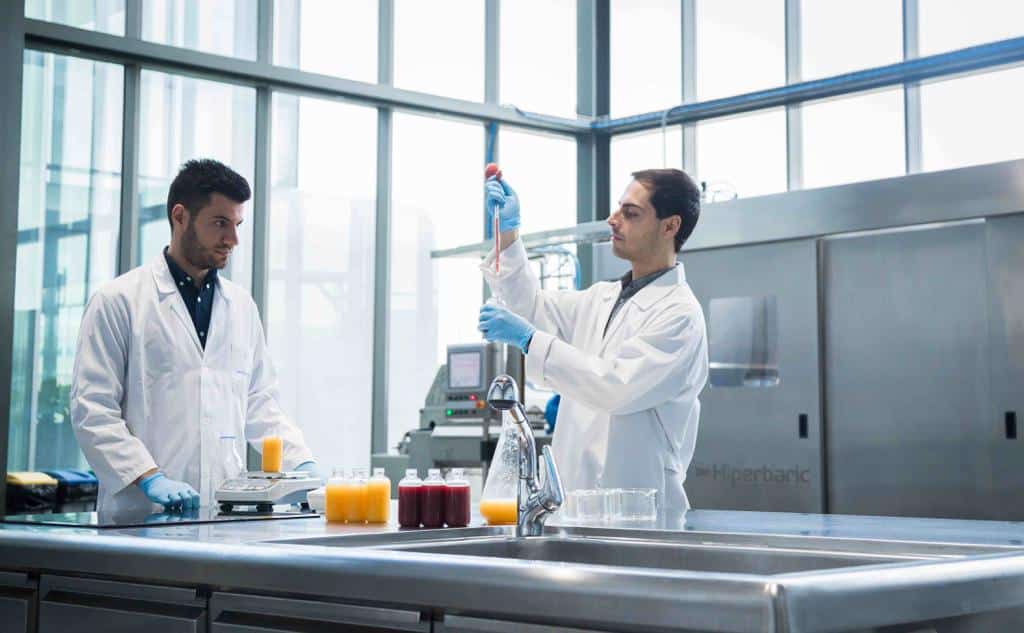
Step 1: The Idea
Most success stories begin with a simple email or a phone call. Companies with an innovative idea or willing to overcome a limitation with an existing product can contact Hiperbaric to explore the use of HPP technology. The HPP Food Applications team at Hiperbaric will study the case and provide an objective science-based response to help the enquirer with the next steps.
 Example of an email interaction between a food company and the HPP Food Applications team at Hiperbaric.
Example of an email interaction between a food company and the HPP Food Applications team at Hiperbaric.
Behind the phone and the screen, Hiperbaric’s HPP Food Applications team comprises Ph.D. and MSc specialists in food science and safety. With over 20 years of HPP experience, the HPP Food Applications team offers complimentary technical support to food and beverage manufacturers with product development and validation of new HPP products.
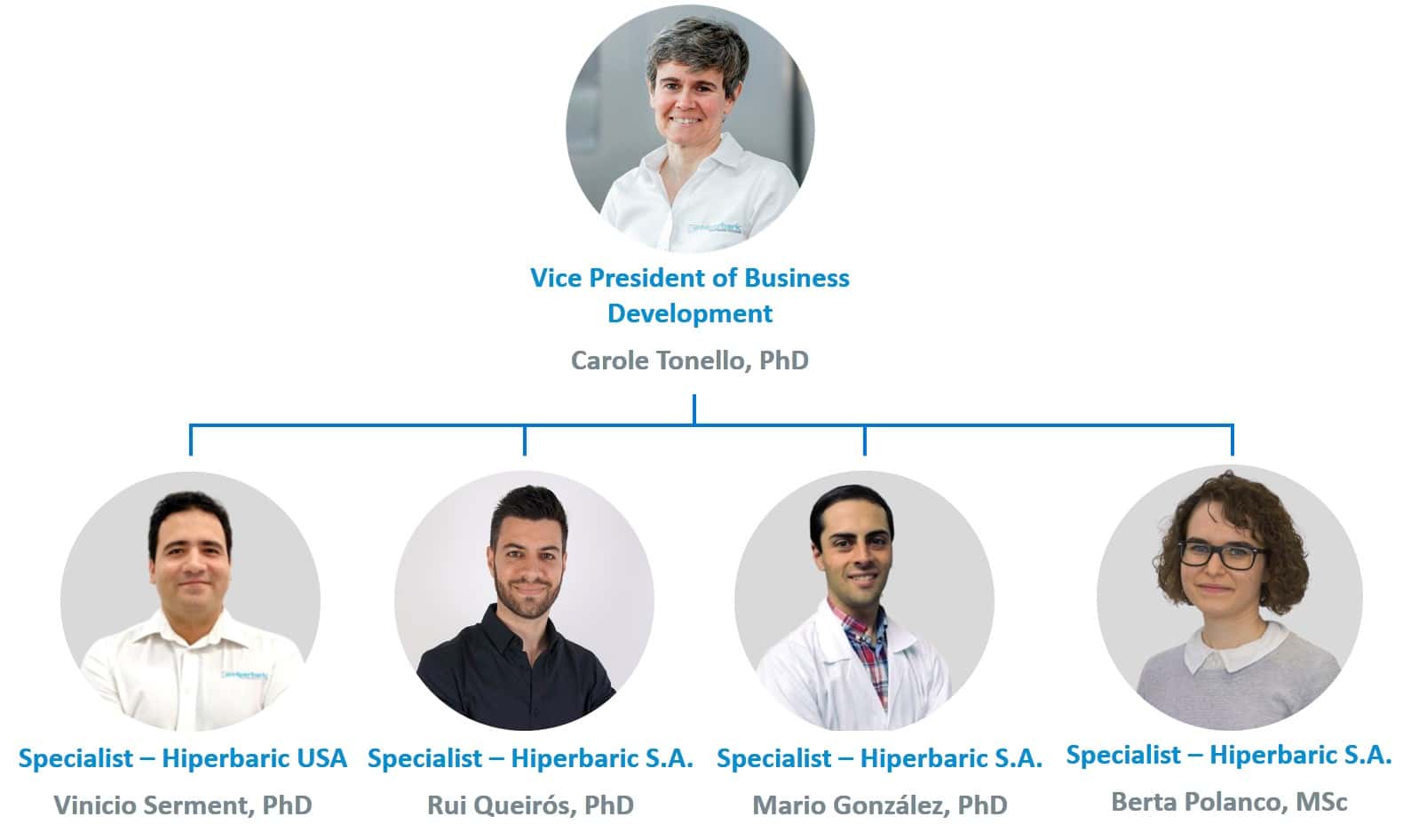
Step 2: The Testing
Each product is unique. This offers consumers various alternatives, but food processing may affect each formula differently. Sometimes it is easy for a food scientist to determine the effect of HPP on a specific product. However, testing is often the only way to assess the impact. The Hiperbaric HPP Food Applications team offers free testing using its HPP incubators in Miami, FL (USA) and Burgos (Spain).

Manufacturers are welcome to visit Hiperbaric’s facilities, but shipping product is also possible (the HPP Food Applications team will run the appropriate tests). In addition to HPP testing, product characterization (i.e. pH, water activity, viscosity, consistency…) can be performed. The HPP Incubators are also equipped with basic kitchen appliances for cooking, juicing, or packing. Moreover, Hiperbaric also offers testing for High Pressure Thermal Processing (HPTP) applications.

Water activity reader, pH-meter, and viscometer used by Hiperbaric to characterize food products and define adequate processing conditions or to suggest formulation adjustments.
Step 3: Formula Adjustment
High Pressure Processing is a versatile technology, so in most cases, food products do not require optimization. However, if needed, the outcome from HPP testing and product characterization will help Hiperbaric’s HPP Food Applications team to suggest some strategies to adapt the formula to the process.
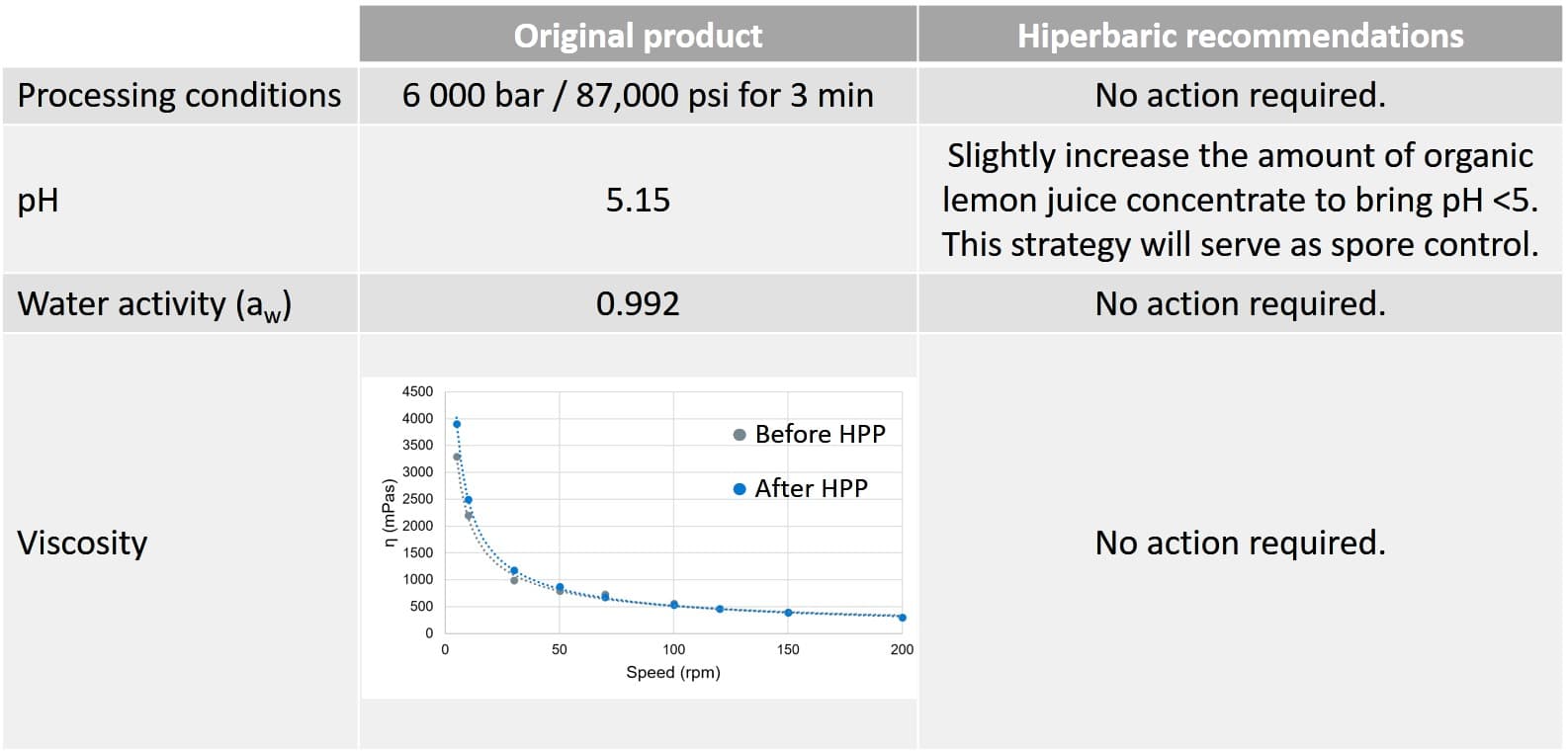
Extract from HPP trial summary report.
Most common interventions typically involve:
- Adjusting processing conditions (pressure, holding time, water temperature).
- Adjusting the acidity and/or water activity (aw).
- Adjusting the proportion of ingredients to achieve the desired texture.
- Adjusting the additives in the formula.
Although Hiperbaric does not offer product development services, members of the HPP Academia Network are open to collaborating in this regard with food companies.
Step 4: Process Validation
Once the formula is adjusted and processing conditions are defined, it is important to determine whether the desired shelf life and food safety objectives are achieved. The HPP Food Applications team at Hiperbaric acts as a Process Authority in the US and has vast experience designing validation studies to demonstrate that the process yields the required pathogen logarithmic reduction to meet FDA or USDA regulations, among others.
High Pressure Processing is applied to minimize the risk associated with biological hazards (i.e. foodborne pathogens). Validation studies determine if processing conditions (i.e. pressure, holding time, water temperature) eliminate pathogens through storage to minimize foodborne illness risk. Such studies are performed by specialized laboratories from members of the HPP Academia Network and consist of the following steps:
- Pathogen Growth: Multiple strains of a specific species are allowed to grow to a known concentration (g. 107 CFU/ml).
- Pathogen Inoculation: Foods are placed in contact with foodborne pathogens.
- High Pressure Processing: For most commercial applications, food samples are processed at 4 000 – 6 000 bar (59,000 – 87,000 psi) for 0.5 to 6 min. The goal is to reduce the pertinent pathogens in the food.
- Shelf-life Monitoring: Pathogens must not recover during the expected shelf life. The required logarithmic reduction (g. 5-log in the case of juices) must remain during shelf life.
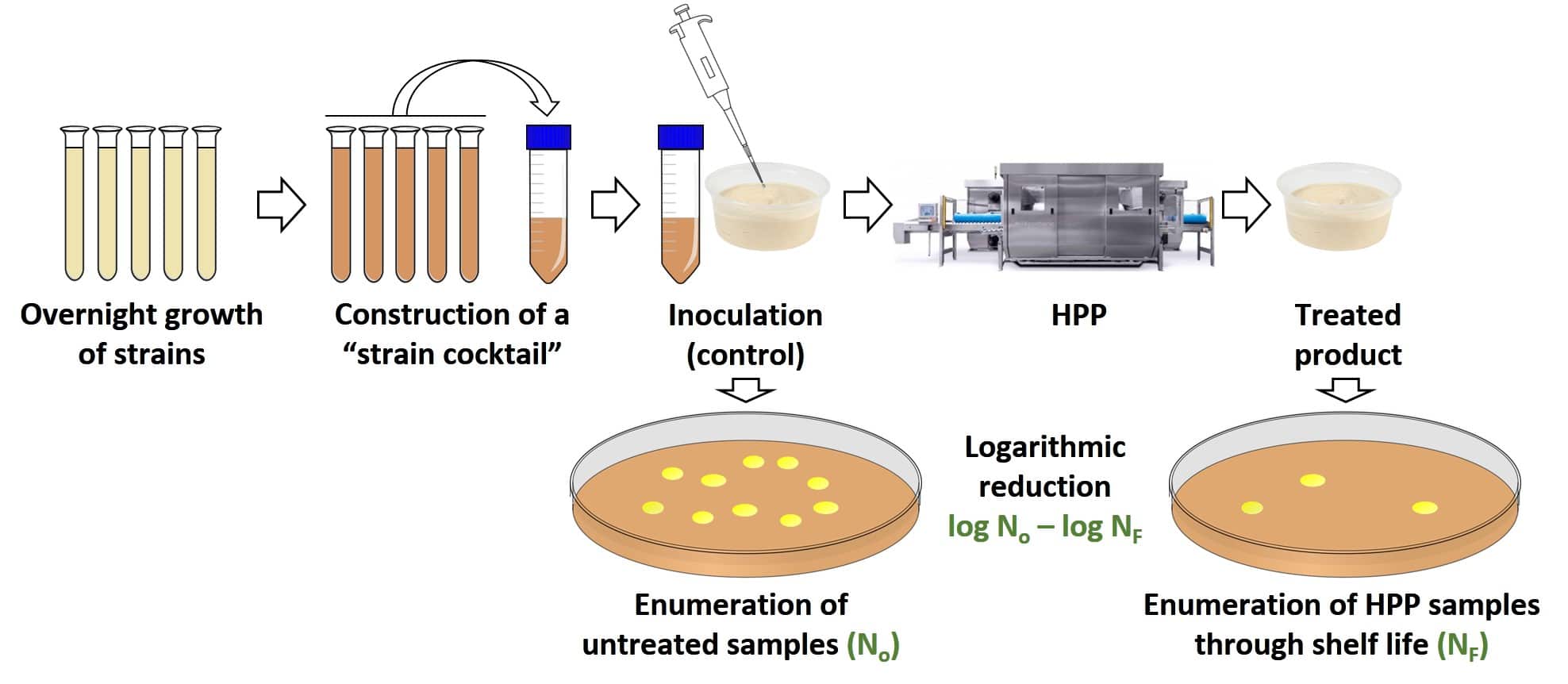
Schematic representation of a validation study.
If no pathogen growth is observed during shelf life, Process Authorities elaborate a document including the validated pressure-time combination and the storage time in which the HPP food remains safe. This file is included in the HACCP plans of food processors.
Step 5: Commercialization
Successful process validation is the last step prior to commercialization. Manufacturers can run High Pressure Processing in-house by acquiring a HPP unit (see Hiperbaric machine range), or they can outsource the service to a toll processor. Hiperbaric has an extensive network of HPP toll processors around the world.
The ultimate goal of the HPP Food Applications team at Hiperbaric is to help companies in developing nutritious food products to feed the world more healthily and sustainably. Do not hesitate to contact us to inquire about the use of HPP technology in your product range.



